
This is counterintuitive for many, but it is well established in the life cycle assessment literature that grass-finished beef is higher in GHGs than grain-finished beef (per pound) even before you consider higher land requirements. Bc of slower growth rates, more CH4 burped over lifetime, etc. 🧪

When researchers factored in land use, they found pasture-finished beef was significantly more carbon-intensive than the grain-finished alternative.
It’s not the how, it’s the cow: “grazing exclusion is an effective approach for restoring soil functioning in degraded lands affected by overgrazing.” “long-term grazing exclusion can restore soil health, contributing to curbing the desertification” www.sciencedirect.com/science/arti...

The Brazilian drylands (Caatinga biome) are facing accelerated soil desertification due to human activities (e.g., overgrazing). However, restoration …
Lastly, surveys of rural US show 81.8 % of respondents would be more likely to support solar if it integrated farming: doi.org/10.1007/s441... New incentives to support agrivoltaics would help And for fossil fuel displacement, disincentives for excess luxury energy use also makes good sense
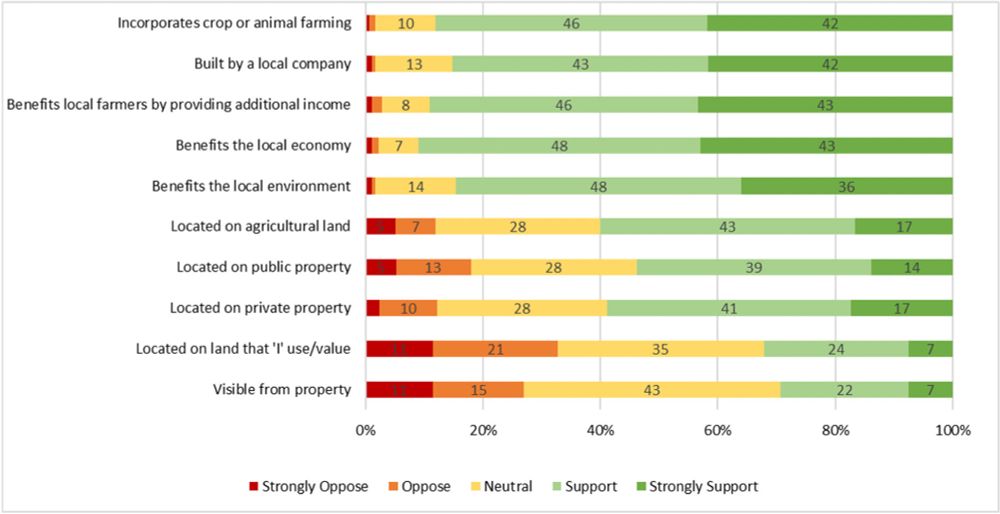
Agrivoltaic systems integrate agricultural production with solar photovoltaic electricity generation. Given the proven technical, economic, and environmental co-benefits provided by agrivoltaic system...
Japan has 1800 agrivoltaic farms. The majority of the farms are small, with 65% of them occupying less than 1,000 sq meters. The farms generate between 500,000-600,000-MW hrs of power per yr: pubs.aip.org/aip/acp/arti... China has the largest single agrivoltaic farm at 700 MW.
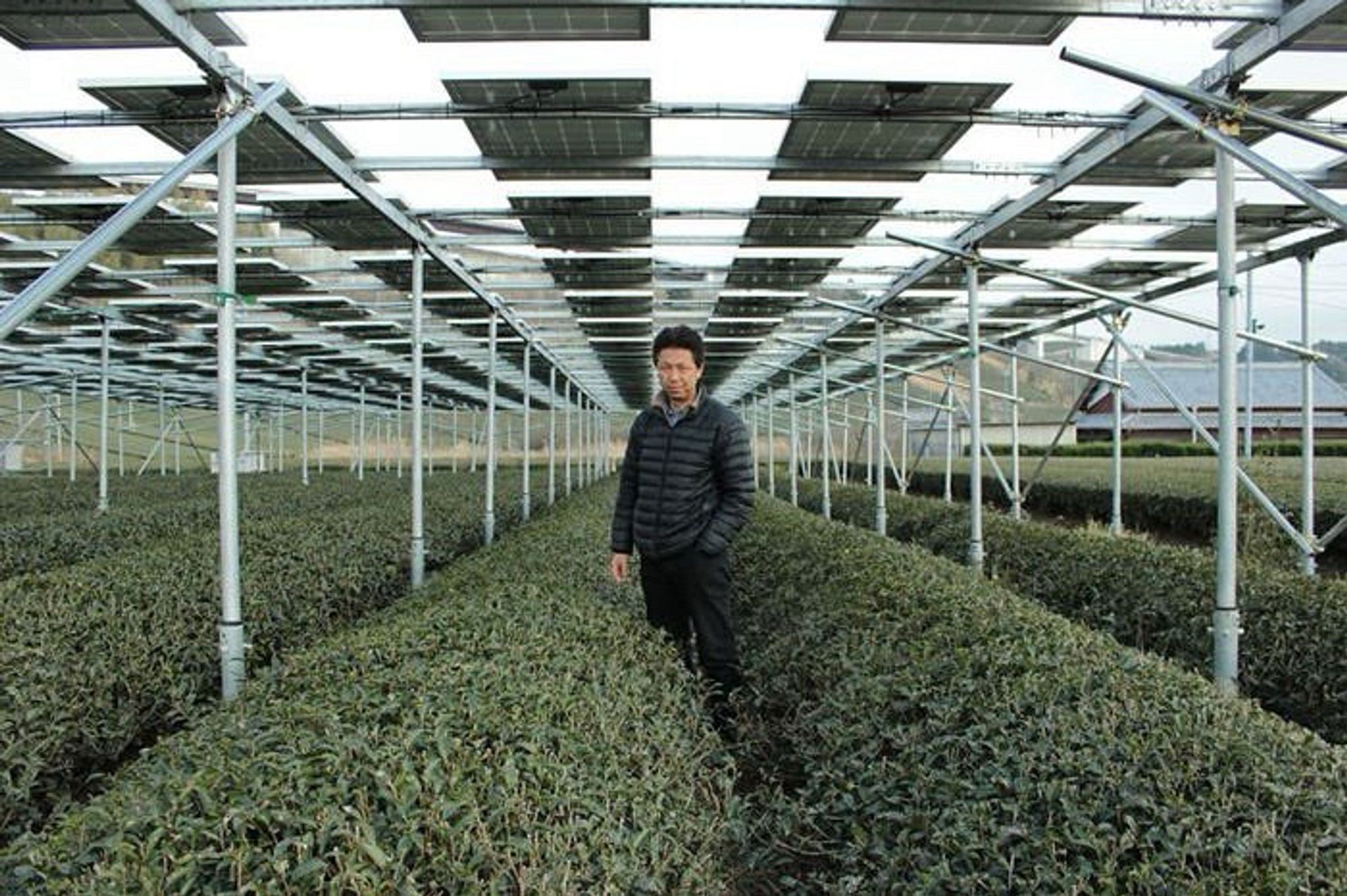
An agrivoltaic project in the Netherlands demonstrates the compatibility of solar PV & raspberry cultivation, easily replacing old methods. The solar roof covers 3.3 ha & protects the plants, saves the farmers work & can bring comparable yields to before: www.pv-magazine.com/magazine-arc...
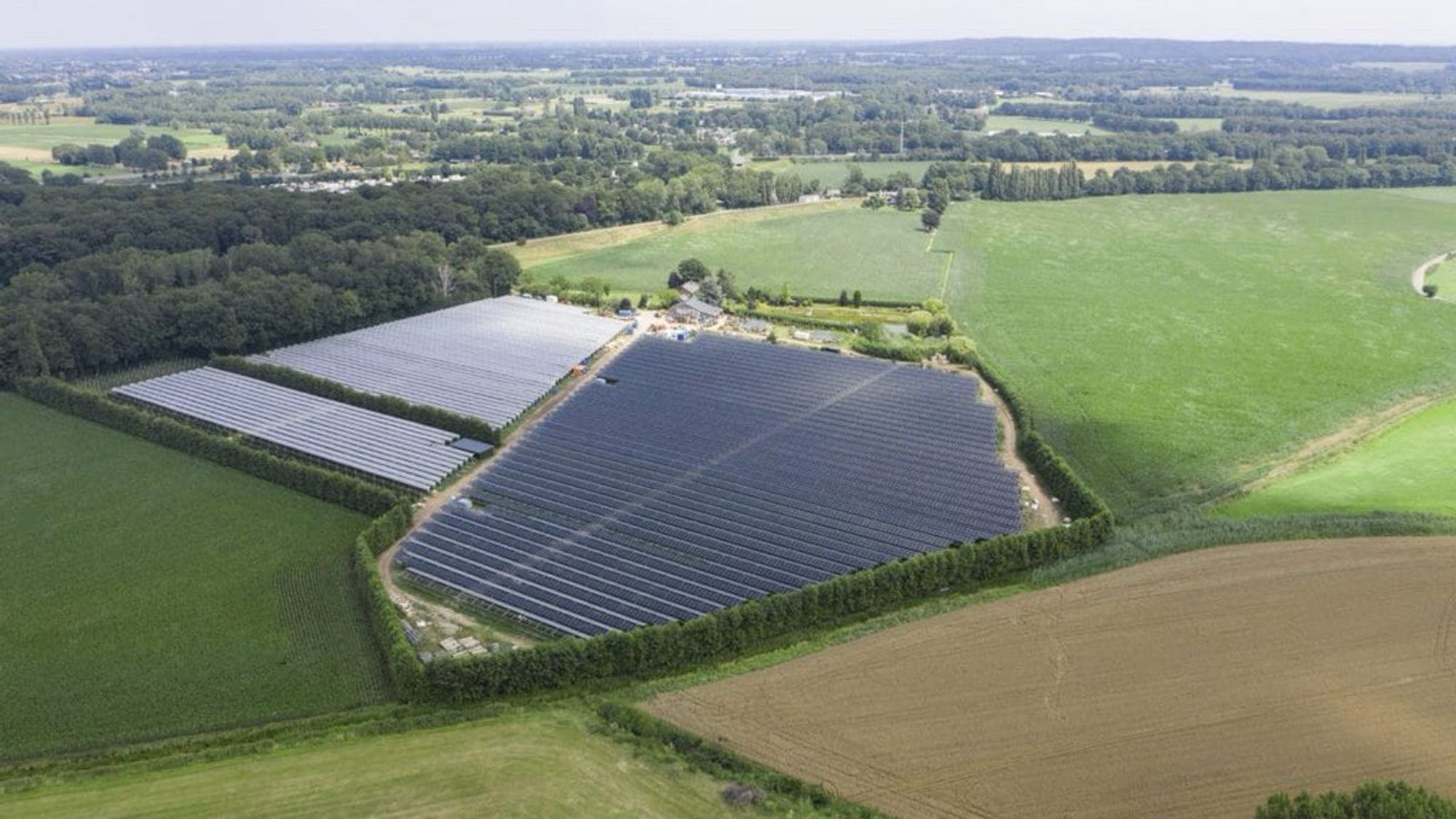
Arizona has a number of research projects underway and decent size agrivoltaics inspired from work advocating for it at the University of Arizona. Manzo Elementary School also integrates it into the kids curriculum: youtu.be/UIGkpVntWP4?...


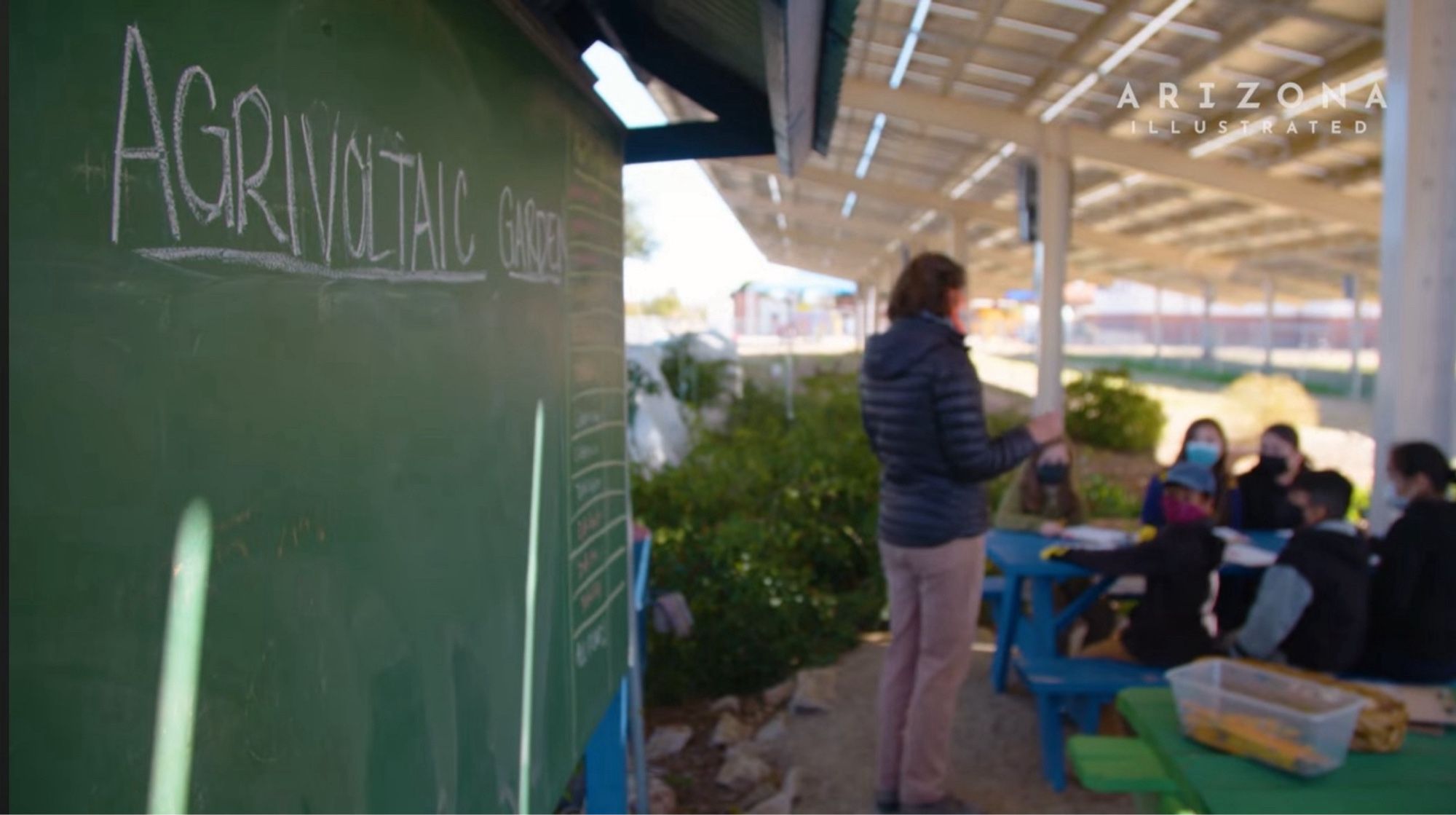

Jack’s Solar Farm in Colorado grows vegetables and plant proteins under an array of 3,200 solar panels, enough to power over 300 homes: youtu.be/FGMNFPC-9fk?...www.jackssolargarden.com
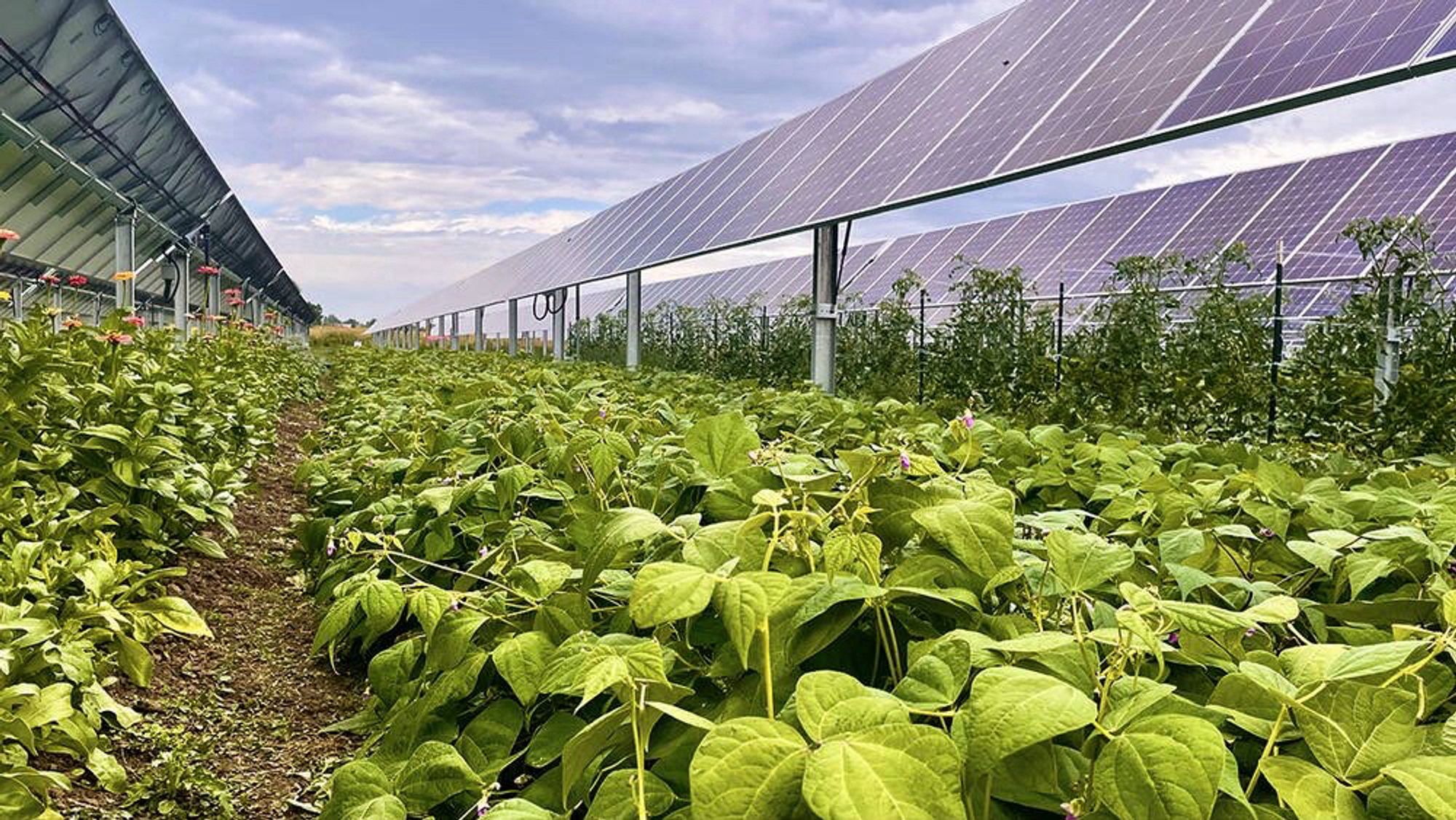
Some use agrivoltaics for shade for farmed ruminants. This makes little sense since the generated solar energy, and other ecological benefits could be cancelled out by ruminant methane and overgrazing. Many plant-focused success stories to inspire from:
This isn’t always the case but mounting research is showing that strategically placed solar panels over cropland brings an increase in plant yields:
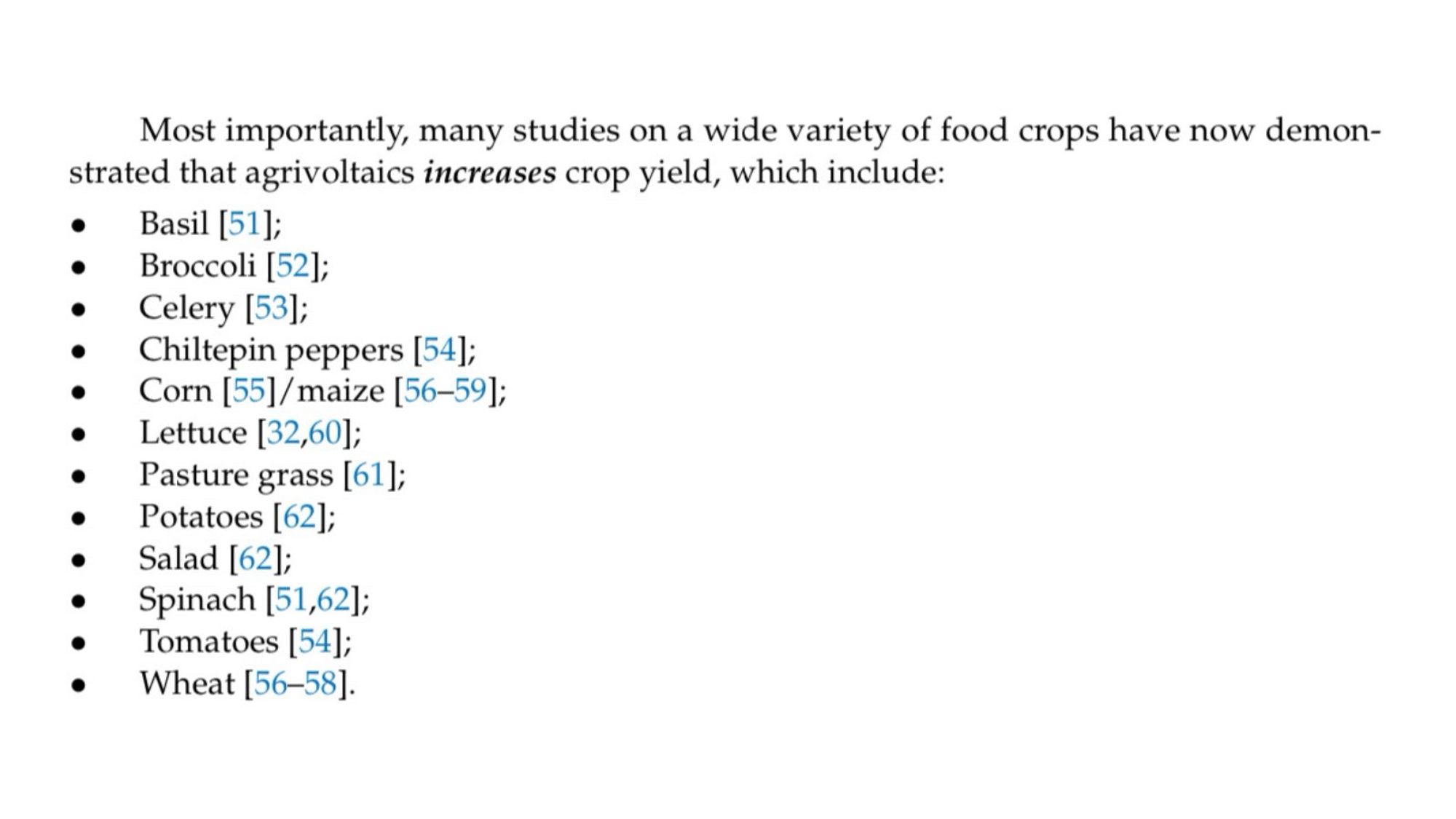
The benefits are promising, far more than many other popular farm management proposals: 💦water conservation, ☀️plant protection from excess sun and wind, 🌱prevents soil erosion, 🏜️can reverse desertification, 📈new farm revenue streams, etc:

